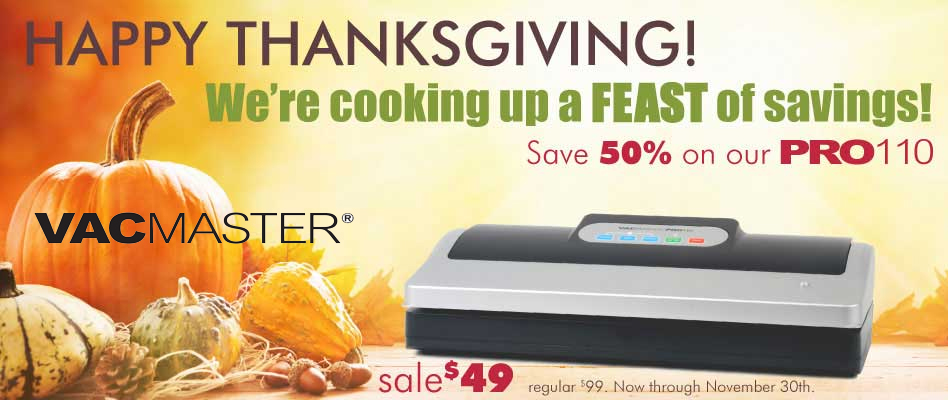The fall is here and of course, you can’t go anywhere that sells food without seeing something made from pumpkin. It used to be mostly pumpkin pie but all that’s changed as pumpkin mania has spread everywhere. Bagels, cupcakes and fancy coffees are just the tip of the iceberg. I’ve even seen chili made with pumpkin rather than tomato sauce! Maybe I’ll try that one soon!
If you’re making your own pumpkin products, you cannot go wrong with fresh, home made puree from pie pumpkins. These pumpkins differ from the ones you’re probably used to – the jack ‘o lantern type pumpkins. Pie pumpkins are much smaller and they have a sweeter taste with a less stringy, more tender texture. It’s really a snap to have fresh puree to use in your recipes rather than the canned stuff which may not really be pumpkin. Most canned pumpkin producers use a type of gourd or squash that’s cheaper and more readily available than pie pumpkins.
To start off, remove the pumpkin’s stem and split the pumpkin in half from top to bottom. Scoop out the seeds and stringy insides (save these!). Place your two pumpkin halves, cut side down, into a glass baking dish and add about 1/2 cup of water. You can bake in the oven until tender but to save time, I prefer the microwave. Just cover the dish with plastic food wrap and microwave for approximately 20 minutes.
When your pumpkin is soft, scoop out all of the flesh and discard the shell. Place the flesh into a dish and use a hand blender to puree it. You can also use a food processor or regular blender. Just be careful not to over-puree your pumpkin. When finished, the puree will be thinner than what you’re used to in a can but don’t be concerned. Most recipes can be adjusted if need be and recipes calling specifically for fresh pumpkin puree will take this into account. If you want to reduce the amount of liquid in your puree, strain overnight in the refrigerator through a coffee filter.
As most pie recipes will use approximately three cups of pumpkin puree, I recommend vacuum packaging your puree in quantities of three cups each. Flatten the bags once done so that they will lay flat and take up less room in your freezer. They will also thaw out more quickly.
Here’s a great pumpkin pie recipe that specifically uses fresh puree rather than the canned variety. You’ll find it to be a much more flavorful pie, along with being fluffier and light. Check our YouTube Channel for a video on how to go about cooking pie pumpkins for this recipe (www.youtube.com/aryvacmaster) as outlined in this blog.

Ingredients:
3 cups fresh pumpkin puree
1 cup sugar powder
1 1/2 tsp ground cinnamon
1 tsp ground cloves
1 tsp allspice
1/2 tsp ground ginger
1/2 tsp ground mace
1/2 tsp salt
4 large eggs
1 1/2 cans evaporated milk (18 oz)
Directions:
Pre-heat oven to 425 degrees F.
Cook a pie pumpkin according to directions to make pumpkin puree.
Mix all ingredients together in large bowl with mixer or hand blender.
Place pie crust in an 8 or 9 inch pie pan using your own or pre-made.
Fill crust with pumpkin mixture to within a quarter inch of the top.
Bake at 425 degrees F for 15 minutes.
Reduce heat to 350 degrees F and continue baking for 45-60 minutes.
A table knife inserted into the middle comes out clean when done.
Cool slightly; serve warm with whipped cream or vanilla ice cream
VACMASTER TIPS: This recipe will create a lighter, fluffier pie. For a more dense pie, reduce to 3 eggs and only one 12 oz can of evaporated milk. You may want to consider covering the edge of the crust with foil to prevent burning. The pie may be vacuum packaged and stored in the freezer for up to a year or more. Be sure to freeze first then vacuum package to prevent crushing the pie. Re-heat in oven at 350 degrees F for 15 minutes after thawed.


